| Part of a series on the |
| Culture of Japan |
|---|
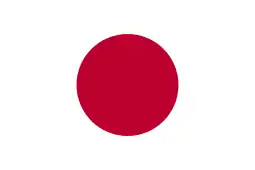 |
National symbols of Japan are the symbols that are used in Japan to represent what is unique about the nation, reflecting different aspects of its cultural life and history.[1]
Symbols of Japan
| Symbol | Image | References | |
|---|---|---|---|
| Flag | Flag of Japan |  Hinomaru |
|
| Crest | Imperial Seal of Japan (Chrysanthemum morifolium) |
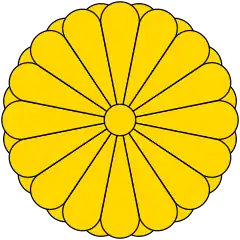 Imperial Seal of Japan |
|
| National anthem | Kimigayo 君が代 |
||
| Government Seal | Government Seal of Japan (Paulownia) |
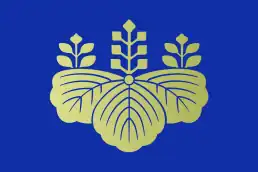 Government Seal of Japan |
|
| National butterfly | Great purple emperor (Sasakia charonda) |
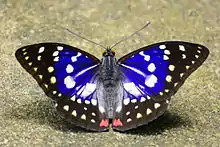 Great purple emperor |
|
| National tree | Cherry blossom (Prunus serrulata) |
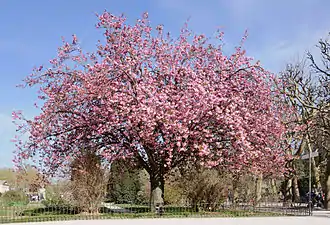 Cherry blossom tree |
|
| National flower (de facto) | Cherry blossom (Prunus serrulata) and Chrysanthemum morifolium |  Cherry blossom flower 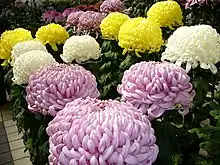 Chrysanthemum morifolium flower |
|
| National bird | Green pheasant (Phasianus versicolor) |
 Green pheasant |
[2] |
| National fish | Koi (Cyprinus carpio) |
.jpg.webp) Japanese Koi |
|
| National instrument | Koto | 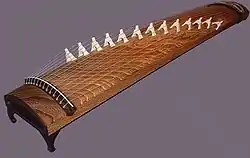 Japanese Koto |
|
| National stone | Jade |  Jade |
|
| De facto National mount | Mount Fuji (Fujisan) |
 Mount Fuji |
|
| De facto National sport | Sumo | 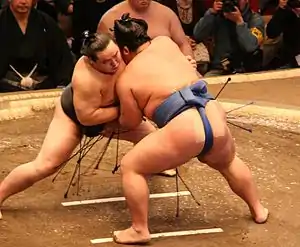 Sumo |
|
| Flag of the Japan Maritime Self-Defense Force | Rising Sun Flag |  Naval Ensign of Japan |
|
| Flag of the Japan Self-Defense Forces and the Japan Ground Self-Defense Force | Japan Self-Defense Forces |  Naval Ensign of Japan |
|
| National personification | Amaterasu | 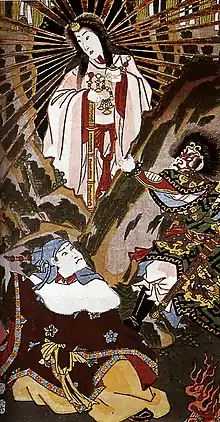 Amaterasu |
|
| National founder | Emperor Jimmu (神武天皇 Jinmu-tennō) | 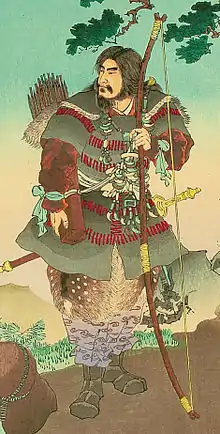 Emperor Jimmu |
|
| National dish | Sushi, Japanese curry, ramen |  Sushi |
[3], [4], [5] |
| National liquor | Sake | 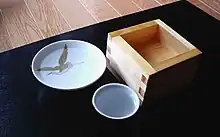 Sake |
[6] |
| National fruit | Japanese persimmon | 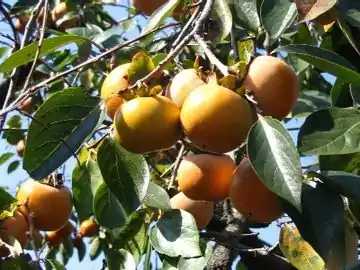 Japanese persimmon |
[7] |
| National currency | Japanese yen |  Japanese Yen coins |
|
| National dance | Noh Mai | 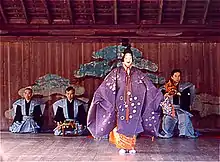 Emperor Jimmu |
|
| National poet | Koizumi Yakumo, Murasaki Shikibu, Matsuo Bashō | 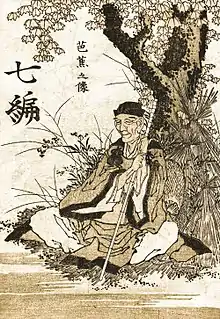 Matsuo Bashō |
|
| National epic | Kojiki, Nihon Shoki, The Tale of the Bamboo Cutter (Taketori Monogatari), The Tale of the Heike (Heike Monogatari) |  Nihon Shoki |
|
| National colours | Primary colours: Red and white; Secondary colours: Black (sports); Blue, white and spring bud (only used in football) | Red (primary) White (primary) Black (secondary) Blue (secondary) White (secondary) Spring bud (secondary) |
|
| National microorganism | Aspergillus oryzae | .jpg.webp) Aspergillus oryzae is used in a number of traditional fermented foods such as sake, soy sauce, and miso. |
[8] |
References
- ↑ "England's National Symbols". england.org.za. Archived from the original on 24 October 2012. Retrieved 19 September 2012.
National symbols are defined as the symbols or icons of a national community (such as England), used to represent that community in a way that unites its people.
- ↑ "Kokucho (The national bird)". japanlink.co.jp. Archived from the original on 13 September 2014. Retrieved 25 July 2014. Declared national bird by a non-government body in 1947
- ↑ "Traditional Dishes of Japan". Japan National Tourism Organization. Retrieved 24 June 2014.
- ↑ 『カレーライス』に関するアンケート (in Japanese). ネットリサーチ ディムスドライブ. Retrieved 16 October 2008.
- ↑ McCurry, Justin (18 June 2010). "Ramen: Japan's super slurpy noodles". The Guardian. London. Retrieved 5 June 2011.
- ↑ RatesToGo: Best National Drinks Part I Archived 2009-11-02 at the Wayback Machine
- ↑ "Persimmon". www.fruitipedia.com. Archived from the original on 2014-12-16. Retrieved 2018-08-01.
- ↑ "Vol. 10: Koji, an Aspergillus — The Tokyo Foundation". 2009-05-22. Archived from the original on 2009-05-22. Retrieved 2020-10-28.
External links
Wikimedia Commons has media related to Symbols of Japan.
This article is issued from Wikipedia. The text is licensed under Creative Commons - Attribution - Sharealike. Additional terms may apply for the media files.